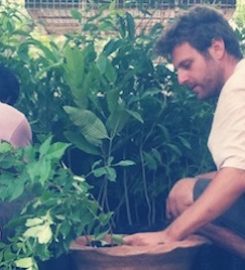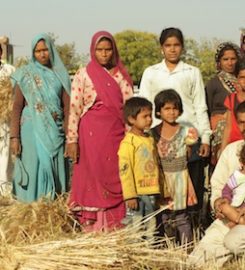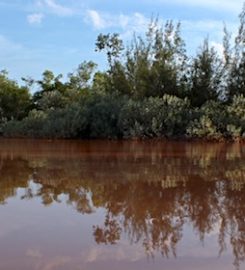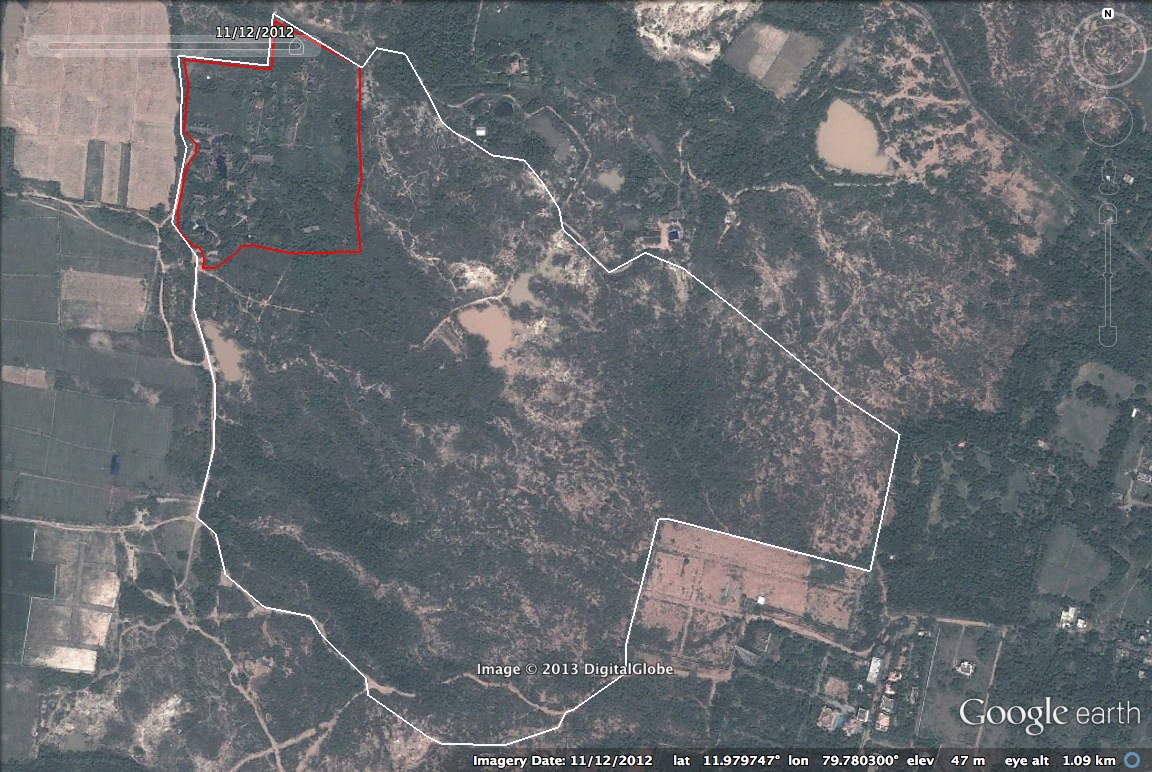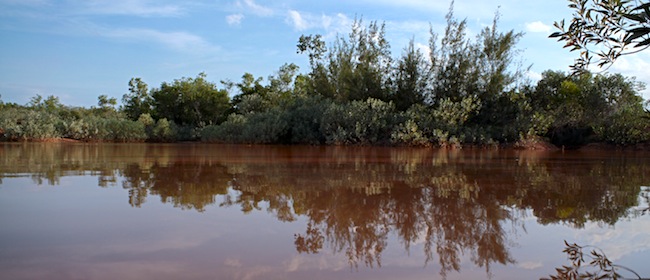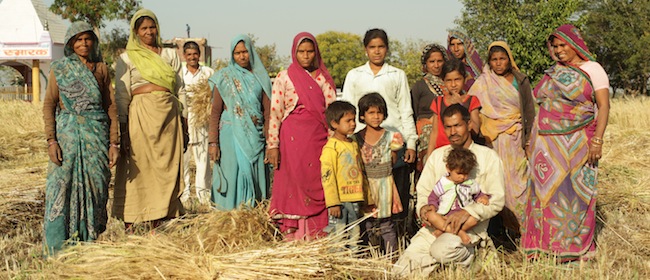Sadhana Forest started its ecological revival and sustainable living work on December 19th 2003.
The vision of its founders, Yorit and Aviram Rozin, is to transform 70 acres of severely eroded, arid land on the outskirts of Auroville. In a spirit of human unity, their aim is to introduce a growing number of people to sustainable living, food security through ecological transformation, wasteland reclamation, and veganism. Our energy and resources are focused on the creation of a vibrant, indigenous Tropical Dry Evergreen Forest (TDEF).
Sadhana Forest won the third place in the Humanitarian Water and Food Award (WAF) 2010. The ceremony took place in the Marble Hall of the University of Copenhagen, Denmark, on November 25th, 2010. Shri Ashok Kumar Attri the Ambassador of India to Denmark honored Sadhana Forest by attending the ceremony.
This award is an international recognition of the quality of the ecological and humanitarian work done by Sadhana Forest in India and Haiti.
India
The main aim of this ecological project is to support the local rural villages: By retaining water and filling the aquifer, Sadhana Forest India allows the villagers to cultivate their food and prevents exodus towards nearby city slums.
Planting the indigenous plants that constitute TDEF, an ecosystem unique to this region, and one that is currently endangered.
Environmental education for all. We include as many children and young people in the process of ecological revival and sustainable living as we can. Our aim is to encourage them to share and propagate our vision of an ecologically responsible and sustainable way of living, and for them to help take urgent actions that are necessary for the future of their environment.
Children and young people from nearby Tamil villages take an enthusiastic and active part in this project. They, of course, have no memory of the great, ancient, coastal forest that once extended from northern Tamil Nadu down to Kanyakumari in the south, a forest that was destroyed many decades before they were born. Our dream is to create, with their participation, the opportunity for them to experience the original forest of their forebears. For most, it is their first ‘hands-on’ experience in sustainable living, an exciting and transformative experience for them.
Haiti
On April 8th, 2010, Sadhana Forest Haiti, a daughter community on the other side of the globe, was started, sharing the same values and commitment to human unity. So far 80,000 food bearing trees have been distributed and planted in the local community. With the current survival rate this amount of trees has the potential of feeding 70,000 people.
Kenya
In Kenya Sadhana Forest is establishing its 3rd locality in Samburu County. Sadhana Forest Kenya’s aim is to grow food forests with the Samburu people to help promote food security in an area that is often affected by droughts and malnutrition.
Milestones
Below is a brief overview of our milestones since we started Sadhana Forest in December 2003.
2003 (the day we moved into Sadhana Forest which was then totally barren land) to January, 2014:
Indigenous Tree Planting:
We planted more than 29,000 Tropical Dry Evergreen Forest plants of 160 different indigenous species, and are constantly mulching and caring for them.
Survival rate in average is between 80% – 90%. Survival rate does not fall below 70% even on the most degraded soil.
Water table recharge and conservation:
More than 20 kilometers of trenches have been dug and eight earth dams have been built, altogether storing more than 50,000 cubic meters of rain water.
As a result of this work underground water level has risen by 6 meters from an average of 26 feet deep during 2003 (before Sadhana Forest was started) to an average of 6 feet during 2007 after four years of intensive water conservation work.
Outreach and Education
A very warm friendship has developed between us and the villagers around. We work together to regenerate and protect our area. The project is very frequently visited by local people, especially kids. Every visitor is welcome and gets an explanation of the project and its value to the environment.
More than 7,000 participants, interns, and students from India and around the world have lived and worked in Sadhana Forest for periods of 2 weeks to 36 months.
Accommodation in Sadhana Forest is always free.
Thousands of children from the surrounding villages and from Auroville have planted TDEF trees.
Over 200 kids are regularly caring for the trees they planted on a weekly or bi-weekly basis.
Twenty Ecological Living workshops were given as part of the Auroville Winter Integral Studies Program. Totally more than 600 people attended these workshops.
The second Van Utsav (Indian Forest Festival) was hosted in March 2006, with attendance of over 100 people from all over India:
http://www.auroville.org/journals&media/avtoday/April_2006/sadhana_forest.htm
During the festival lots of relevant update environmental information and skills were exchanged between the participants.
A group of students from Plymouth State University, New Hampshire stayed in Sadhana Forest with their professor in January 2008 and their experiences are described at:
https://www.plymouth.edu/magazine/archive/features/sense-sustainability/
More than four thousand people have visited Sadhana Forest for a few hours and received a basic introduction to our work.
In June 2008, we started the Eco-Film Club. Every Friday we host 50-550 guests for a free environment film screen, tour of the project, and free vegan dinner.
Children’s Land
On December 27th, 2009 Sadhana Forest started a project called Children’s Land. This 2.7 acre project s meant to involve local people in the world of sustainability in a way that empowers them to be creative and think independently. In Children’s Land the children are initiating the different activities or joining them as they please.
The feedback we are getting from the children, their parents and their teachers is excellent and encourages us to continue and enlarge this project: Children’s Land
Haiti
On April 8th 2010 we started Sadhana Forest Haiti, a daughter community of Sadhana Forest India. Our aim in Haiti is to create a huge food forest with local and international participants, to provide nutrition to the town of Anse-a-Pitre in the south eastern corner of Haiti. This is one of the poorest communities in the world, and we feel inspired to create a long-term sustainable solution for their acute challenges. Sadhana Forest Haiti has trained more than 7,000 Haitians in agroforestry and water conservation. 80,000 food bearing trees have been distributed and planted with the local communities.
Kenya
In June 2013 land was purchased to establish our 3rd project Sadhana Forest Kenya. The aim of Sadhana Forest Kenya is to promote food security by establishing food forests together with the Samburu people.
Sustainable Infrastructure
Sustainable infrastructure was installed that can host local and international participants.
All structures are built from local natural materials. A 5,000 Watts solar system, 16 dry composting toilets, and a grey water system have been installed. Water infrastructure has been built that enables to water trees on 30% of the land.
———————————————————————————————–
“May there be more forests to grow people!”
Katharina, Swiss Participant


